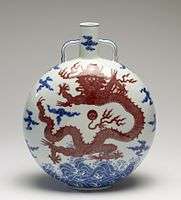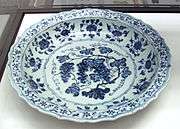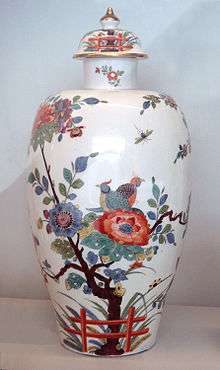Swatow ware
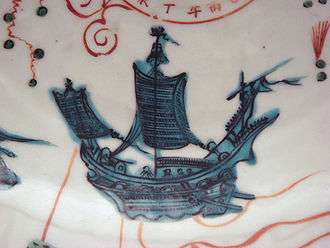
Swatow ware or Swatow is a common name for a group of mainly late Ming Dynasty export porcelain from China intended for the Southeast Asian market.
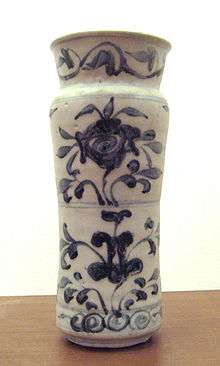
One of the probable reasons for this trade developing out of Swatow, or present-day Shantou, has to do with the disproportionately large numbers of ethnic Chinese migrating to Southeast Asia from Guangdong and neighboring Fujian province. Their presence in Southeast Asia is still very much palpable, especially in Singapore and the Malaysian cities of Penang and Melacca.
The name Swatow is rendered in Teochew dialect, belonging to a relatively small group of ethnic Chinese that reside within present-day Guangdong province. Linguistically though, the dialect has more in common with the dialect of Fujian province. Swatow literally means: mountain head; head of the mountain.
The name may be claimed to be misleading as the exact location of the kilns are as yet largely unidentified. However, they are generally thought to be located in the vicinity of what was formerly known as the port of Swatow (now Shantou) on the northern coast of the Guangdong region.
Swatow ware is generally coarse, crudely potted and often under fired. Decoration in blue and white is by far the most common, although many polychrome wares, mainly with iron red and green overglaze decorations, are known.
External links
- A Handbook of Chinese Ceramics from The Metropolitan Museum of Art
